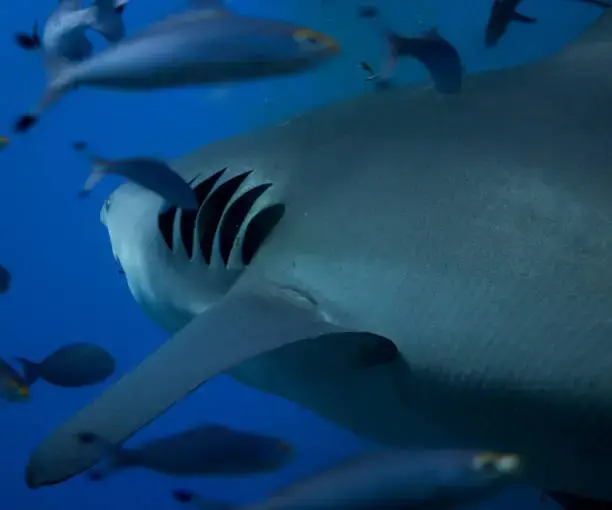this post was submitted on 22 Oct 2024
99 points (97.1% liked)
Asklemmy
43895 readers
1094 users here now
A loosely moderated place to ask open-ended questions
If your post meets the following criteria, it's welcome here!
- Open-ended question
- Not offensive: at this point, we do not have the bandwidth to moderate overtly political discussions. Assume best intent and be excellent to each other.
- Not regarding using or support for Lemmy: context, see the list of support communities and tools for finding communities below
- Not ad nauseam inducing: please make sure it is a question that would be new to most members
- An actual topic of discussion
Looking for support?
Looking for a community?
- Lemmyverse: community search
- sub.rehab: maps old subreddits to fediverse options, marks official as such
- !lemmy411@lemmy.ca: a community for finding communities
~Icon~ ~by~ ~@Double_A@discuss.tchncs.de~
founded 5 years ago
MODERATORS
you are viewing a single comment's thread
view the rest of the comments
view the rest of the comments

Yes
Not quite. The hox gene creates a protein that tells the nearby cells that they are in a specific segment. After this specific cells in that segment start signalling so they cooperatively lay out the cardinal directions to make that specific segment. In the shoulder segment, for example, a specific cell becomes the tip of the arm and tells all the cells about it with its signalling protein. All the cells in between it and the root now 'know' which part of the arm to grow.
This is a cascade of ever finer positioned 'location markers' that guide generic cells to specialise correctly.
Ultimately, as two bones grow into each other, they know to form a joint, and as that joint takes form the joint surfaces fit each other exactly.
Assuming we want to keep our neck, jaw and ear features, we need to keep our existing hox gene and all the genes that turn on in this cascade to produce these structure. If we alter them, our development will change.
The issue is that in a fish or shark, exactly the same location marker is used to lay down their gills. So adding a shark hox gene will result in a human segment at that location. Hox is a marker - not the full set of instructions to build the segment.
We therefore need
Well, we can't reuse the existing one because it creates human structure. So we need brand new genes for 2 and 3.
I'm not a professional in this area, but I haven't seen anything that suggests we can fo this yet.
I think part 4 (the bit about creating new tissues) might in fact be the easier part. But to cause them to be developed at the right time in the right place and at the correct size with brand new signals is waaaay out there.
Speaking as someone whose last practical biology wiped out all the very expensive cell colonies, and that was 30 years ago, I hope my wild suggestions here are even vaguely in the right direction.